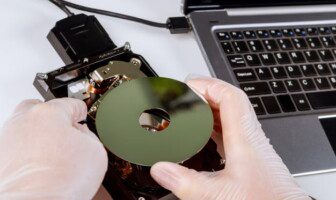
Micro soldering is one of the major components of modern medical devices. To understand micro soldering, we must first understand the use of it. The ultra-thin wires that are used in the miniaturized devices need to be joined with each other. Though the traditional methods can be used for the same, yet micro soldering is preferred due to multiple reasons.
Now that we have learned about what is micro-soldering, it gets important to know in detail about its mechanism. This article revolves around the importance of the thermo-pressure bonding method as well as the hurdles that it overcomes. It also delves into applications of the miniaturized medical devices that have wider applications.
Why is micro soldering replaced by thermo-pressure bonding?
Micro soldering is the method of soldering that is used for very thin wires. The size of the wires as even thinner than that of the human hair. While using micro soldering methods, the following obstacles were faced:
- Degradation of the quality of the joined wire due to physical stress.
- Oxidation over the surface of the wire.
- Destruction of the wire due to the spreading of the heat.
To mitigate such impacts, thermo-pressure bonding has been introduced. Care must be taken under this method that the physical dimension of the wire remains the same. The material of the wire has to be similar with similar chemical and physical properties. Such innovative technologies have made it possible for the medical domain to progress at rapid speed.
Kinds of connections made using thermo-pressure bonding
The bonding method is applied for the following connections:
- Connections between thermocouples and ultra-fine wires.
- Inter-connections between PCBs and thermal wires,
- Connections between micro-coils and the support system.
The joints which are formed due to this method of bonding are formed at molecular levels. As a result, there is little to no change in the chemical properties, hence they are free from corrosion. They provide excellent durability and reliability, as well as joints, which are free from strain.
Using this method, mass production can be done, as they have been tested to withstand rough environmental conditions. Having the property of extensive stress tolerance, they can be economical to produce, compared to traditional methods.
The medical equipment which has the micro-coils made of thermo-pressure bonding can be both disposable and non-disposable. Fields of application include the implants and therapeutic treatment.
Applications of the medical devices made of ultra-thin wires
The medical devices that are made of ultra-thin wires have a wide application in the domain of therapeutics and implants. In the domain of implants, they are used as pain management devices, monitoring the body activities and simulation component for monitoring brain activities.
In the domain of orthopedics and diagnostics, the application of ultra-thin wired devices is profound. Targeted drug delivery and implants within the body are a few of the major applications of the medical devices.
The importance of the standard of medical devices in terms of quality and functioning becomes important. It is essential to understand that the future of the ultra-thin wired devices is very bright due to their minimal invasion technology and AI integration. Having a wide scope of application, micro soldered medical devices have a recommendable future in the medical field.
Read Also:




























